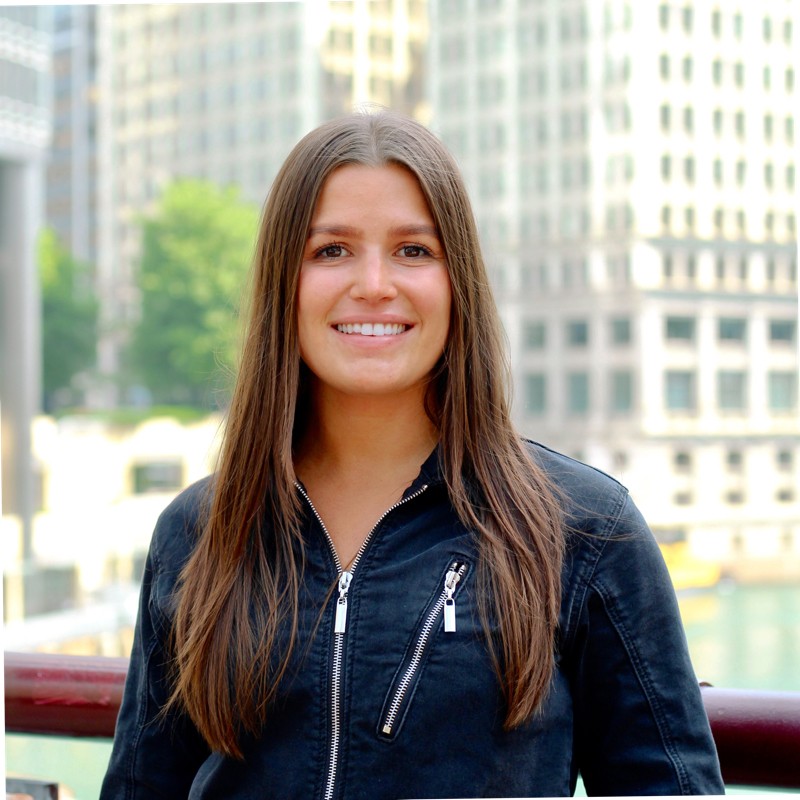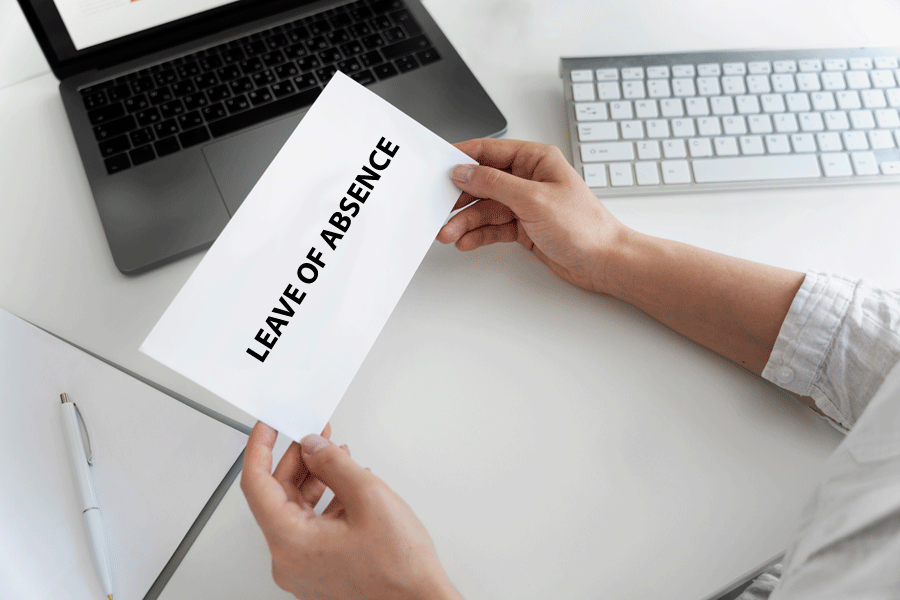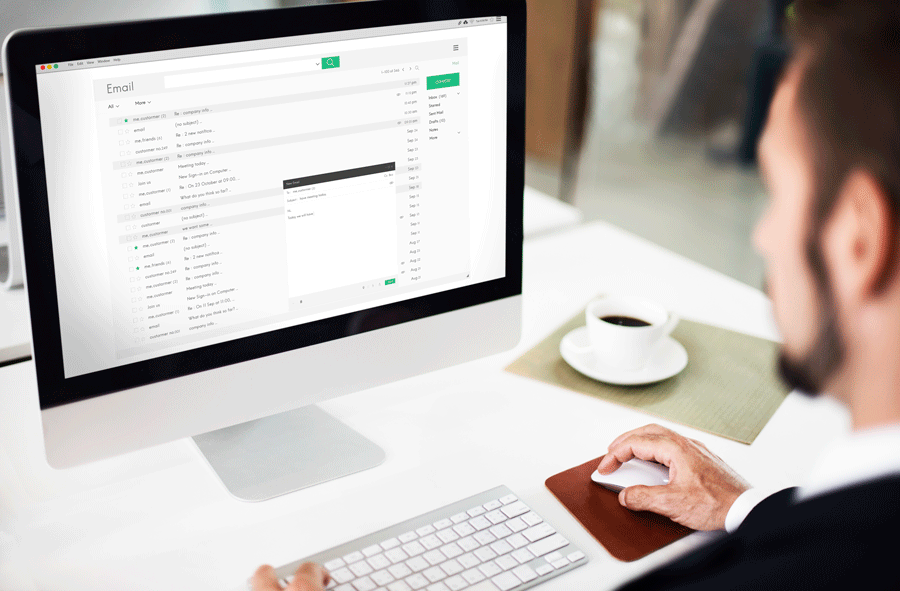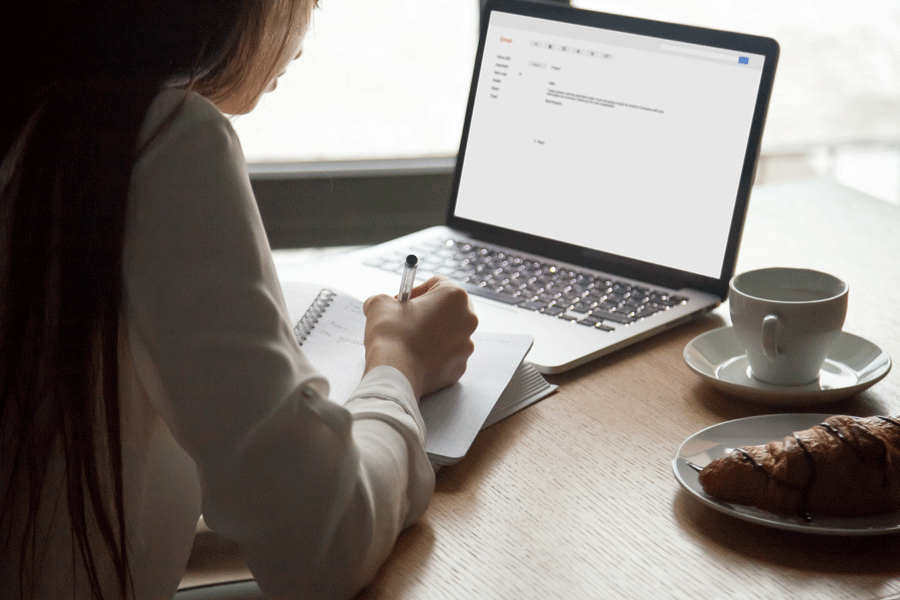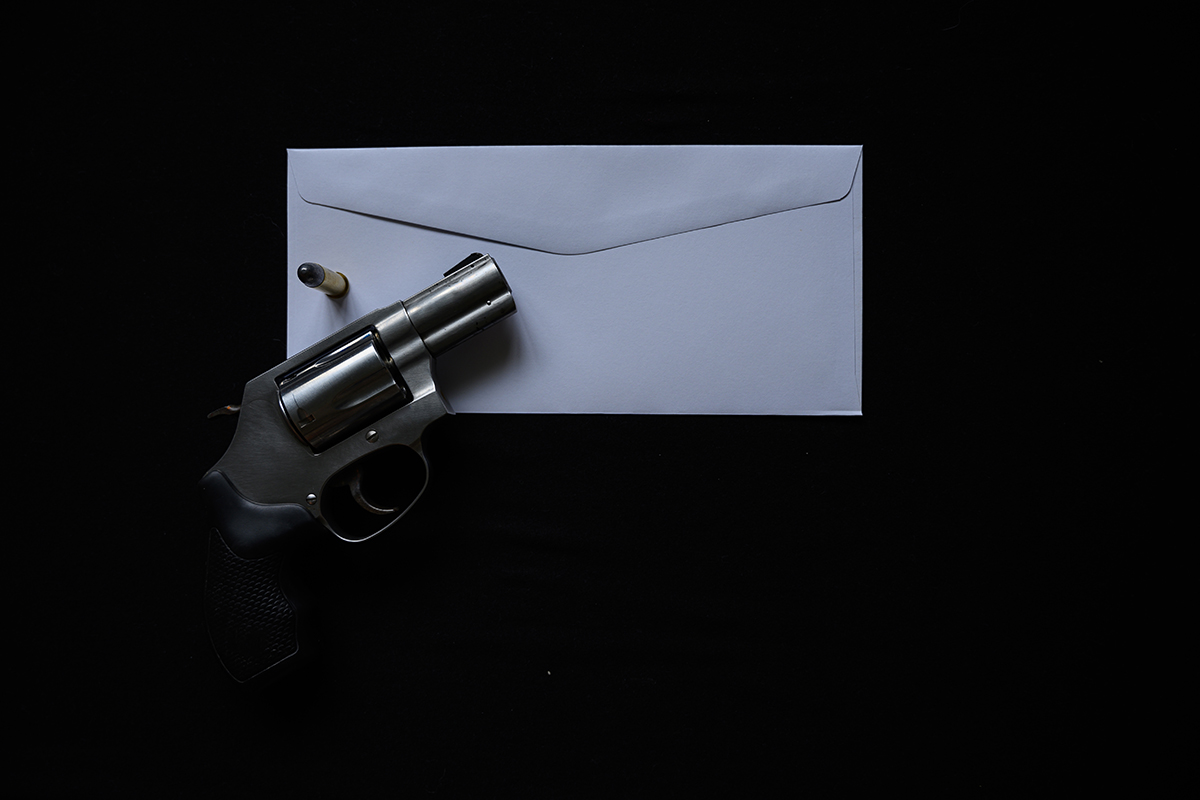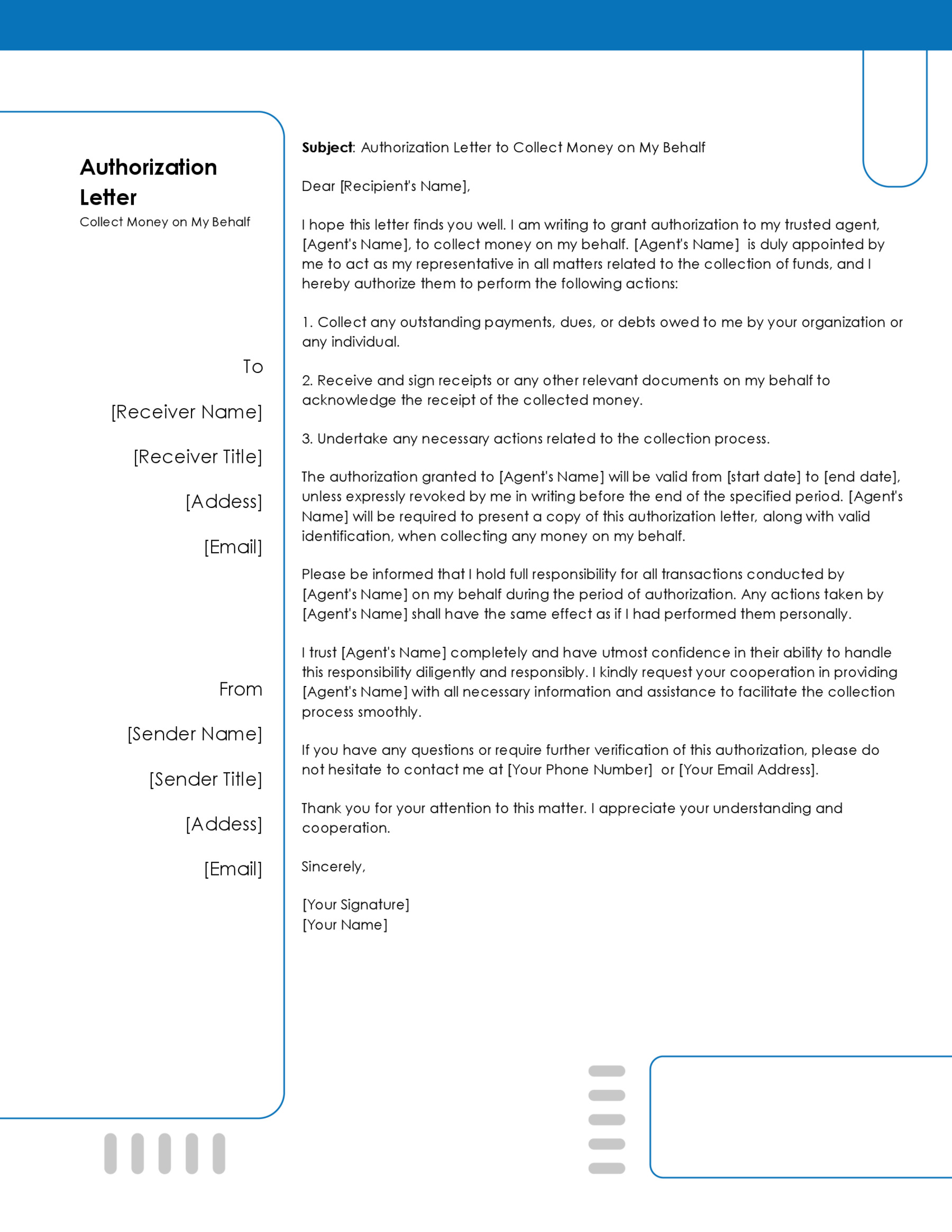A cover letter for job application, or a cover letter as it may be known, is a supplementary letter written by candidates when applying for jobs. It is a personally written overview of the candidate’s skills, background, accomplishments, motivations, and much more! Naturally, a good job application cover letter is something that can make a humongous difference, and aid your chances of getting applied tenfold! It is a chance to present yourself to your potential employers, highlight your accomplishments and background, and explain why you want the job, why you’d be a good fit, and why the employer should choose you over all of the other applicants! It is your chance to make a first impression that leaves the employer no choice but to call you in for an interview.
For these reasons, we’ve compiled a guide that will give you an overview of what a good application letter does, some guidelines you should follow, and finally, a sample to help you come up with a powerful and compelling cover letter for job application.
What Makes a Job Application Cover Letter Effective and Compelling?
The Format
A job application cover letter is a chance for you to sell yourself – ideas, skills, background, etc. are all aspects of your professional self that need to be presented to potential employers. As a result, a business format is important to provide a professional approach that will appear respectful, concise, and appropriate.
Keywords
These days, many companies use automated systems to filter out candidates that they don’t want and to avoid clutter. These systems work through keywords, which are commonly used in the job description or job posting. To improve your chances of clearing the automated round of selections, try and integrate as many keywords as possible! That being said, do not compromise on the quality of your writing to just integrate keywords. Use them wisely and don’t put too much emphasis on inserting keywords.
The Ideal Length
A cover letter, or a job letter, should be no more than 1 page (double spaced) in length. This is considered the professional norm, as you want to avoid overwhelming the employer and having your letter appear incohesive or inconcise. This will encourage employers to read your letter and give you a fair shake.
Proofreading
Proofreading a job letter is extremely important. Employers often look for things like attention to detail and dedication in inherent things, meaning grammatical errors, and the like in your resume or job letter don’t do you any favors. Be sure to proofread and double-check not just your job letter, but all the materials you submit to an employer.
Fonts and Margins
The professional norm is, generally, a 1-inch margin. Use formal, clearly legible fonts like Times New Roman, Arial, or Calibri, with a 12-pt size to make things easier for your potential employer.
The Sections of a Cover Letter for Job Application
The sections of a letter need to be formatted correctly, according to the business-professional format. This includes a header, salutation, the body of the letter, which is split into multiple paragraphs, and finally, a conclusion, which typically includes the use of your signature and a declaration of your intent. The letter should be structured as follows:
The Header
This is typically aligned to the left side of the margin, and contains both the ‘To’ address, as well as the ‘From’ address – In the case of a job letter, this would be both the applicant’s and the employer’s addresses.
The Salutation
The salutation is a simple, but polite declaration of whom the letter is meant for. This generally indicates a simple but respectful and professional greeting. Dear Mr./Mrs/Miss or Respected Sir/Madam are both viable and respectful options.
The Body
The body of your letter is generally divided into three or four paragraphs. The first paragraph should serve as an introduction to your professional and educational background, and quickly summarize your motives for applying for the job in question. The middle paragraph (or two!) should focus on relevant professional experiences and explicitly highlight the roles and responsibilities you took up, accomplishments (and accolades, if applicable) met, goals completed, and finally, the things you learned from those positions. The final paragraph should once again reaffirm your qualifications and state your reasons for applying for the job. Finally, conclude by leaving your phone number and email in a respectful, polite way.
Sign off
To conclude your letter, sign off with a polite “Yours Sincerely” or “Yours Respectfully.” This presents the employer with a neutral, yet professional tone. Finally, sign and print your name.
Sample Job Application Cover Letter
I am writing to express my interest and excitement over < Insert Position, as well as company name and location. I believe I would make a great addition to the team by virtue of my academic background, professional experiences, and outlook towards that focus on. Throughout my collegiate years, I took numerous courses, as I pursued a degree in. Here, I cultivated an interdisciplinary approach towards problem-solving, as many of my courses required me to conduct thorough research from a plethora of sources to address a common issue. As a result, I developed an ability to understand contemporary issues beyond the surface and delved into numerous subjects – Politics, Sociology, Economics, Natural sciences, Environmental sciences, and much more. (This may be modified to better suit the job requirements, as well as your own background.)
This next paragraph should detail your most recent professional pursuit. If you are currently employed but are still looking for another job, mention why you consider the new job a step up. Also, take the time to explain what you took away from that job, your day-to-day responsibilities, and any significant projects you undertook. Mention specifics, if applicable, such as concrete publications, websites, or products that future employers can look up. Generally speaking, this paragraph should look like this;
My most recent professional experience includes serving in the capacity of at in . (You may also add the period from which you served or state that you are currently working at the same place within the same role) Here, I assisted with the , which aimed . (The next line should outline your responsibilities and direct contributions to the project.)Moreover, I helped prepare students for the presentation of their papers to academic forums, helping them organize their ideas in an easily communicable and organized manner. Simultaneously, I also took up offering my services as a writer and editor on a freelance basis, building a considerable network from the ground up. Using my network on campus, as well as online, I serviced numerous clients whose requests were widely varied, maintaining a near-perfect satisfaction rate, a 5-star rating online, and bolstering my writing, editing, and researching abilities. (At this point, you can add another paragraph in which you should follow the same approach or transition to your conclusion paragraph.)
(If you’re done with your professional experiences, you should move on to your conclusion paragraph). This should look like this;
It is for these reasons that I believe I would make an excellent fit at . To me, the content offered by represents a shared vision and value when it comes to approaching contemporary issues, developments, people and companies, as the interdisciplinary nature emphasized by was the exact reason that I chose to pursue a liberal arts education and enjoyed the different professional experiences I’ve had so far. I would be delighted to share some of my work that would give further insight into my capabilities, so please feel free to contact me at if you have any questions or clarifications. Thank you very much for your consideration.
Yours Sincerely,
Word Format
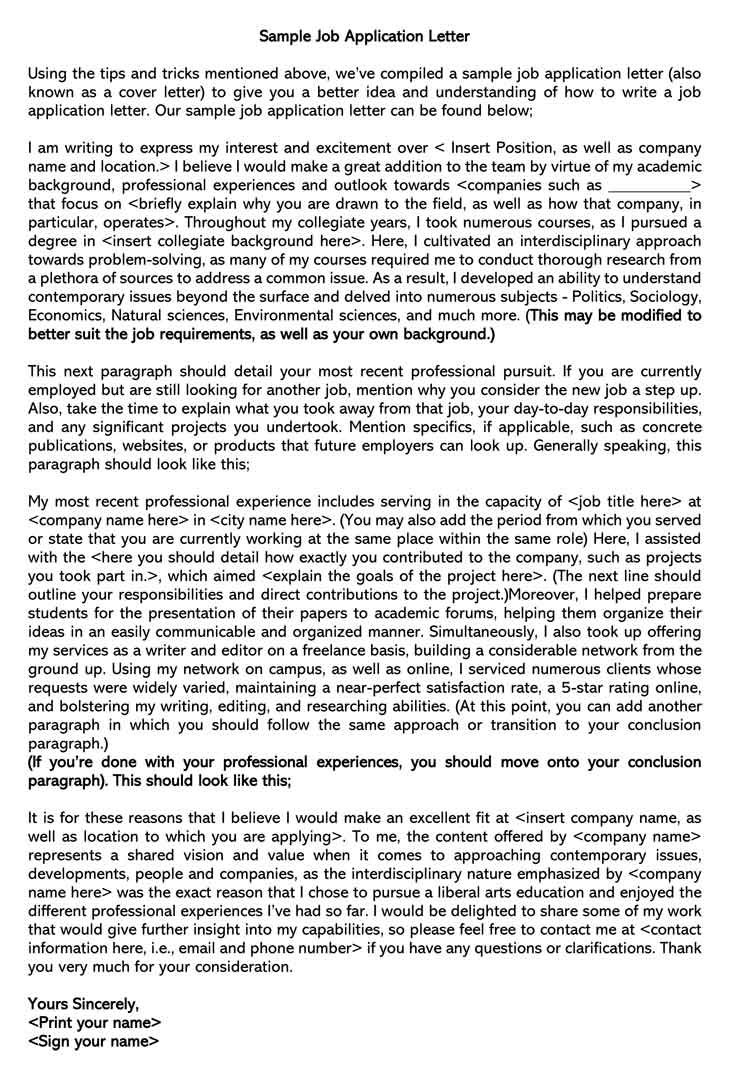
- MS Word
Frequently Asked Questions
The purpose of a cover letter is to serve as an introduction of an applicant to anyone who is seeking to fill a position. A cover letter serves as a personal statement that highlights all of the candidate’s qualifications, as well as gives insight into their professional background. Additionally, a cover letter also lets candidates add a personal touch to their application, making it an important first step in the process of getting hired.
That depends – Many employers ask for cover letters, while there are some who don’t. A cover letter is an excellent opportunity for candidates to set themselves apart from the pool of applicants, which is why every candidate should consider submitting one. That being said, you don’t need a cover letter for every job.
A cover letter should be clutter-free and shouldn’t seem like a chore to read. It should contain relevant information, explained in a personal way that helps the candidate express themselves to their potential employer. The ideal length of a cover letter is 3/4th of a page to 1 page, with 1-inch margins and 12-pt, double-spaced fonts like Arial or Times New Roman.
